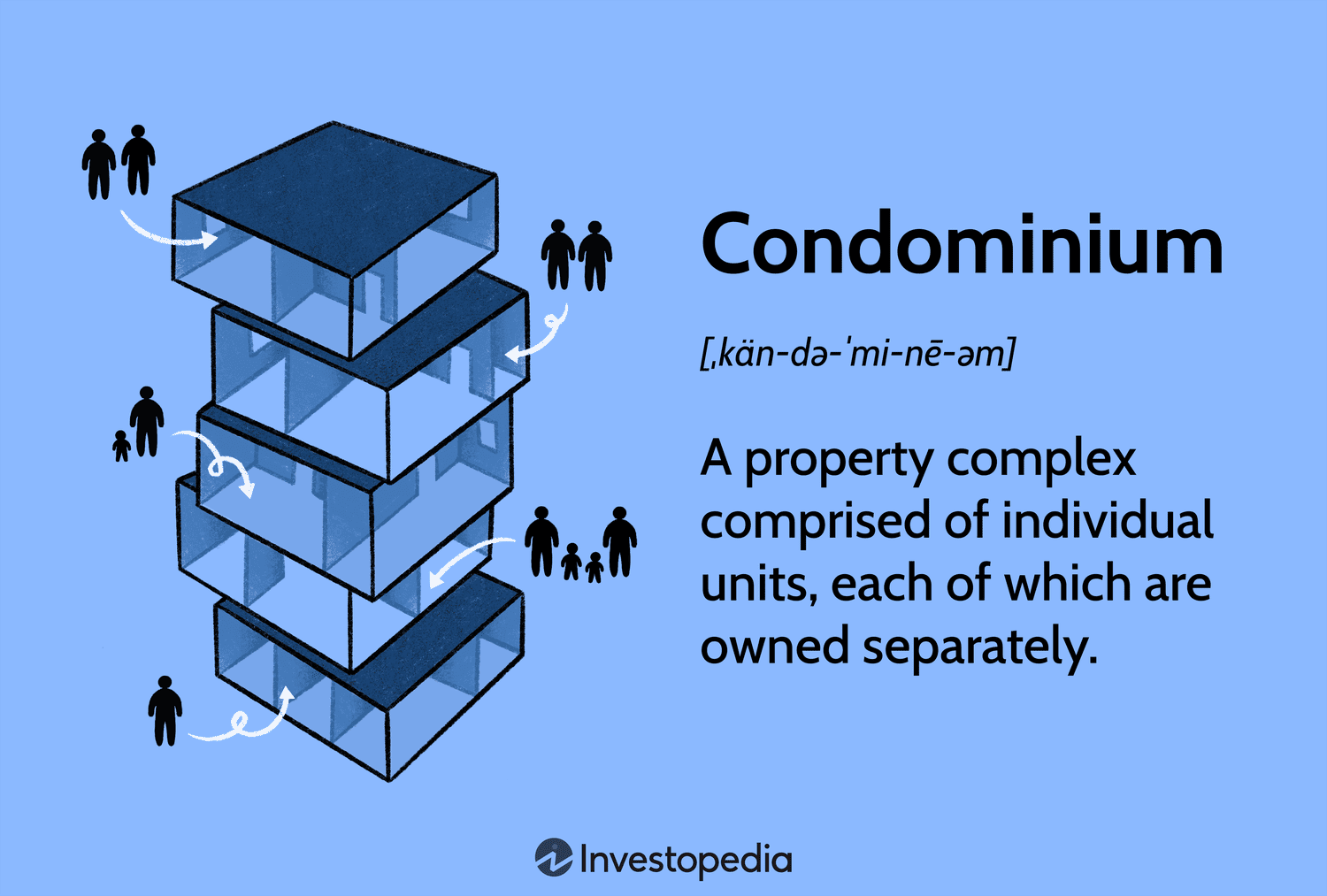Welcome to Unitech Group, where innovation meets excellence in the realm of real estate development. With a rich legacy spanning decades, we are committed to delivering unparalleled quality, craftsmanship, and customer satisfaction in every project we undertake.
Our Vision:-
At Unitech Group, our vision is to redefine urban living by creating sustainable, vibrant communities that enrich the lives of residents and contribute positively to the environment. With a focus on innovation, integrity, and inclusivity, we strive to set new benchmarks of excellence in the real estate industry.
Our Portfolio
Residential Projects:-
Unitech Group is renowned for its exceptional residential developments, offering a diverse range of housing options to suit every lifestyle and budget. From luxurious high-rise apartments to spacious villas and townhouses, each project is meticulously designed and crafted to exceed the expectations of discerning homeowners.
Commercial Spaces:-
In addition to residential projects, Unitech Group is a leader in the development of commercial real estate, with a portfolio of iconic office complexes, shopping malls, and mixed-use developments. Our commercial spaces are designed to foster productivity, collaboration, and innovation, providing businesses with the ideal environment to thrive and grow.
Integrated Townships:-
Unitech Group is also a pioneer in the development of integrated townships, combining residential, commercial, recreational, and social amenities within a self-sustaining ecosystem. These master-planned communities offer residents a complete lifestyle solution, promoting connectivity, convenience, and well-being.
Our Commitment to Sustainability:-
As responsible corporate citizens, Unitech Group is deeply committed to sustainability and green practices in all aspects of our operations. From energy-efficient design and construction techniques to waste management and green spaces, we prioritize environmental stewardship to minimize our ecological footprint and create a better world for future generations.
Our Awards and Recognitions
Over the years, Unitech Group has been honored with numerous awards and accolades for its excellence in real estate development, design innovation, and corporate governance. These accolades serve as a testament to our unwavering commitment to quality, integrity, and customer satisfaction.
3. Godrej Properties:-

Welcome to Godrej Properties, where innovation meets luxury in the realm of real estate development. With a rich heritage spanning over a century, we have been committed to delivering exceptional quality, craftsmanship, and customer satisfaction in every project we undertake.
Our Vision:-
At Godrej Properties, our vision is to create sustainable, world-class developments that enrich the lives of our customers and contribute positively to the communities in which we operate. With a focus on innovation, sustainability, and customer-centricity, we strive to set new benchmarks of excellence in the real estate industry.
Our Portfolio
Residential Projects:-
Godrej Properties is renowned for its exceptional residential developments, offering a diverse range of housing options to suit every lifestyle and budget. From luxurious high-rise apartments to spacious villas and townhouses, each project is meticulously designed and crafted to exceed the expectations of discerning homeowners.
Commercial Spaces:-
In addition to residential projects, Godrej Properties is a leader in the development of commercial real estate, with a portfolio of iconic office complexes, shopping malls, and mixed-use developments. Our commercial spaces are designed to foster productivity, collaboration, and innovation, providing businesses with the ideal environment to thrive and grow.
Integrated Townships:-
Godrej Properties is also a pioneer in the development of integrated townships, combining residential, commercial, recreational, and social amenities within a self-sustaining ecosystem. These master-planned communities offer residents a complete lifestyle solution, promoting connectivity, convenience, and well-being.
Our Commitment to Sustainability:-
As responsible corporate citizens, Godrej Properties is deeply committed to sustainability and green practices in all aspects of our operations. From energy-efficient design and construction techniques to waste management and green spaces, we prioritize environmental stewardship to minimize our ecological footprint and create a better world for future generations.
Our Awards and Recognitions:-
Over the years, Godrej Properties has been honored with numerous awards and accolades for our excellence in real estate development, design innovation, and corporate governance. These accolades serve as a testament to our unwavering commitment to quality, integrity, and customer satisfaction.
4. Tata Housing Development Company:-

Welcome to Tata Housing Development Company, a name synonymous with excellence, innovation, and reliability in the realm of real estate development. With a rich legacy spanning over a century, we have been committed to delivering world-class residential and commercial projects that redefine the concept of modern living.
Our Vision:-
At Tata Housing Development Company, our vision is to create sustainable, inclusive communities that enrich the lives of our customers and contribute positively to the environment and society at large. With a focus on quality, integrity, and customer satisfaction, we strive to set new benchmarks of excellence in every project we undertake.
Our Portfolio
Residential Projects:-
Tata Housing Development Company is renowned for its exceptional residential developments, offering a diverse range of housing options to suit every lifestyle and budget. From luxurious high-rise apartments to spacious villas and townhouses, each project is meticulously designed and crafted to exceed the expectations of discerning homeowners.
Commercial Spaces:-
In addition to residential projects, Tata Housing Development Company is a leader in the development of commercial real estate, with a portfolio of iconic office complexes, shopping malls, and mixed-use developments. Our commercial spaces are designed to foster productivity, collaboration, and innovation, providing businesses with the ideal environment to thrive and grow.
Integrated Townships:-
Tata Housing Development Company is also a pioneer in the development of integrated townships, combining residential, commercial, recreational, and social amenities within a self-sustaining ecosystem. These master-planned communities offer residents a complete lifestyle solution, promoting connectivity, convenience, and well-being.
Our Commitment to Sustainability:-
As responsible corporate citizens, Tata Housing Development Company is deeply committed to sustainability and green practices in all aspects of our operations. From energy-efficient design and construction techniques to waste management and green spaces, we prioritize environmental stewardship to minimize our ecological footprint and create a better world for future generations.
Our Awards and Recognitions:-
Over the years, Tata Housing Development Company has been honored with numerous awards and accolades for its excellence in real estate development, design innovation, and corporate governance. These accolades serve as a testament to our unwavering commitment to quality, integrity, and customer satisfaction.
5. Emaar India:-

Welcome to the realm of Emaar India, where innovation meets excellence in the realm of real estate development. With a rich legacy spanning decades, Emaar India stands as a pioneer in crafting architectural masterpieces that redefine luxury living and commercial spaces.
Redefining Urban Living:-
Architectural Brilliance: A Symphony of Design and Functionality
At Emaar India, each project is a testament to architectural brilliance and precision engineering. From iconic skyscrapers to sprawling townships, every development is meticulously planned and executed to blend seamlessly with its surroundings while offering unparalleled luxury and sophistication.
Unmatched Quality: Setting New Benchmarks
Quality is the cornerstone of Emaar India’s success story. We adhere to stringent quality standards at every stage of development, from concept to completion. Our commitment to excellence ensures that every project bears the hallmark of superior craftsmanship and durability, earning us the trust and admiration of our discerning customers.
Innovative Design: Shaping the Future of Urban Living
Innovation lies at the heart of Emaar India’s philosophy. We constantly push the boundaries of conventional design to create spaces that not only inspire but also enhance the quality of life. From smart homes to sustainable features, our innovative approach to design sets new benchmarks in urban living and shapes the future of the industry.
Commitment to Customer Satisfaction:-
Customer-Centric Approach: Fulfilling Dreams, Exceeding Expectations
At Emaar India, customer satisfaction is paramount. We understand that buying a home is more than just a transaction – it’s about fulfilling dreams and creating lasting memories. That’s why we go above and beyond to exceed our customers’ expectations, providing personalized service and support at every step of the journey.
After-Sales Support: Ensuring Peace of Mind
Our commitment to our customers extends beyond the point of sale. We provide comprehensive after-sales support to address any concerns or issues they may have, ensuring peace of mind and satisfaction long after they’ve moved into their new home. Our dedicated customer service team is always on hand to assist and guide our customers through every step of the process.
Embracing Sustainability and Social Responsibility
Environmental Stewardship: Building a Greener Future
As stewards of the environment, Emaar India is committed to sustainable development practices that minimize our ecological footprint. From energy-efficient design to green building materials, we strive to incorporate eco-friendly solutions into our projects, contributing to a healthier and more sustainable future for generations to come.
Community Engagement: Making a Positive Impact
Beyond business objectives, Emaar India actively engages with local communities to make a positive impact on society. Through various social welfare initiatives and philanthropic endeavors, we strive to uplift underprivileged communities, promote education, and healthcare, and empower individuals to lead better lives. Our commitment to social responsibility underscores our belief in creating value beyond profits.
6. Sobha Limited:-

Welcome to the realm of Sobha Limited, where luxury meets innovation in the world of real estate development. With a legacy of excellence spanning decades, Sobha Limited stands as a pioneer in crafting architectural masterpieces that redefine the standards of modern living.
Crafting Iconic Landmarks
Architectural Marvels: Where Design Meets Precision
At Sobha Limited, each project is a testament to architectural brilliance and precision engineering. From towering skyscrapers to sprawling townships, every development is meticulously crafted to blend seamlessly with its surroundings while offering unmatched luxury and sophistication.
Unmatched Quality: A Tradition of Excellence
Quality is the cornerstone of Sobha Limited’s success story. With a relentless commitment to excellence, we ensure that every aspect of our projects, from construction to finishing, meets the highest standards of quality and durability. Our dedication to craftsmanship sets us apart and earns us the trust of our discerning customers.
Innovative Design: Redefining Urban Living
Innovation is at the heart of Sobha Limited’s philosophy. We constantly push the boundaries of conventional design to create spaces that not only inspire awe but also enhance the quality of life. From smart homes to sustainable features, our innovative approach to design sets new benchmarks in urban living.
Commitment to Customer Satisfaction
Customer-Centric Approach: Fulfilling Dreams, Exceeding Expectations
At Sobha Limited, customer satisfaction is paramount. We understand that buying a home is a significant investment, and we strive to make the experience seamless and rewarding for our customers. From personalized service to transparent communication, we go above and beyond to exceed their expectations and create lasting relationships.
After-Sales Support: Ensuring Peace of Mind
Our commitment to our customers extends beyond the point of sale. We provide comprehensive after-sales support to address any concerns or issues they may have, ensuring peace of mind and satisfaction long after they’ve moved into their new home. Our dedicated customer service team is always on hand to assist and guide them through every step of the process.
Embracing Sustainability and Social Responsibility
Environmental Stewardship: Building a Greener Future
As responsible corporate citizens, Sobha Limited is committed to environmental sustainability and conservation. We incorporate eco-friendly practices and green technologies into our projects to minimize our carbon footprint and preserve the planet for future generations. Our sustainable initiatives not only benefit the environment but also create healthier and more livable communities.
Community Engagement: Making a Positive Impact
Beyond business objectives, Sobha Limited actively engages with local communities to make a positive impact on society. Through various social welfare programs and initiatives, we strive to uplift underprivileged sections, promote education, and healthcare, and empower individuals to lead better lives. Our philanthropic efforts are guided by the belief that giving back is essential for creating a more inclusive and equitable society.
7. Add India Group:-

Welcome to the world of Add India Group, where innovation and quality converge to redefine the dynamics of real estate development. With a steadfast commitment to excellence and a legacy of trust, Add India Group stands as a beacon of reliability and sophistication in the industry.
Crafting Architectural Marvels
Architectural Ingenuity: Redefining Skies
Add India Group’s portfolio boasts of architectural marvels that transcend the ordinary, blending creativity with functionality to create spaces that inspire awe and admiration. From sleek skyscrapers to sprawling townships, each project is a testament to our commitment to pushing the boundaries of design and innovation.
Unparalleled Quality: A Tradition of Trust
Quality is the cornerstone of Add India Group’s ethos. We adhere to stringent quality standards at every stage of development, from meticulous planning to flawless execution. Our unwavering dedication to excellence ensures that every project bears the hallmark of superior craftsmanship and durability, earning the trust and admiration of our clients.
Sustainable Practices: Building for the Future
At Add India Group, we recognize the importance of sustainable development in creating a better tomorrow. We incorporate eco-friendly practices and green technologies into our projects to minimize our environmental impact and promote a healthier, more sustainable future. From energy-efficient design to waste management strategies, sustainability is at the forefront of everything we do.
Customer-Centric Approach
Personalized Service: Fulfilling Dreams, Exceeding Expectations
Our customers are at the heart of everything we do at Add India Group. We understand that buying a home is a significant milestone, and we strive to make the experience as seamless and rewarding as possible. From personalized assistance to transparent communication, we go above and beyond to exceed our customers’ expectations and turn their dreams into reality.
After-Sales Support: Ensuring Peace of Mind
Our commitment to our customers doesn’t end with the sale. We provide comprehensive after-sales support to address any concerns or issues they may have, ensuring peace of mind and satisfaction long after they’ve moved into their new home. Our dedicated customer service team is always on hand to assist and guide our customers through every step of the process.
Embracing Social Responsibility
Community Engagement: Making a Positive Impact
Beyond business objectives, Add India Group is committed to making a positive impact on society. Through various social welfare initiatives and philanthropic endeavors, we strive to uplift underprivileged communities, promote education, and healthcare, and empower individuals to lead better lives. Our commitment to social responsibility reflects our belief in creating value beyond profits.
8. Ambience Group:-

Welcome to the world of Ambience Group, where luxury meets sophistication in the realm of real estate development. With a distinguished legacy spanning decades, Ambience Group has consistently redefined the standards of excellence in the industry, crafting iconic landmarks that epitomize opulence and grandeur.
A Legacy of Excellence
Visionary Leadership: Shaping the Future of Real Estate
At Ambience Group, visionary leadership drives our quest for innovation and excellence. With a team of seasoned professionals at the helm, we embark on a journey to create architectural marvels that stand as timeless symbols of prestige and refinement.
Iconic Developments: Redefining Urban Living
From opulent residences to premium commercial spaces, Ambience Group’s portfolio boasts iconic developments that redefine urban living. Each project is meticulously designed to harmonize with its surroundings while offering unmatched luxury and comfort to its residents and occupants.
Uncompromising Quality: A Tradition of Excellence
Quality is the cornerstone of Ambience Group’s success story. We adhere to stringent quality standards at every stage of development, from planning and design to construction and finishing. Our unwavering commitment to excellence ensures that every project bears the hallmark of superior craftsmanship and durability.
Customer-Centric Approach: Fulfilling Aspirations, Exceeding Expectations
At Ambience Group, customer satisfaction is paramount. We understand the significance of buying a home or investing in commercial real estate, and we strive to make the experience seamless and rewarding for our clients. Our customer-centric approach is reflected in our dedication to understanding their needs and surpassing their expectations.
Commitment to Sustainability and Social Responsibility
Environmental Conservation: Building a Greener Tomorrow
As stewards of the environment, Ambience Group is committed to sustainable development practices that minimize our ecological footprint. From energy-efficient design to green building materials, we prioritize environmental conservation in all our projects, contributing to a healthier and more sustainable future for generations to come.
Community Engagement: Empowering Lives, Enriching Communities
Beyond business objectives, Ambience Group actively engages with local communities to make a positive impact on society. Through various social welfare initiatives, we strive to uplift underprivileged sections, promote education, and healthcare, and empower individuals to lead fulfilling lives. Our commitment to social responsibility underscores our belief in creating value beyond profits.
9. M3M India Limited:-

Welcome to the world of M3M India Limited, where innovation meets excellence in the realm of real estate development. With a rich legacy spanning decades, M3M has consistently set new benchmarks in the industry, redefining luxury living and commercial spaces with unparalleled expertise and dedication.
Setting New Standards in Real Estate:-
Architectural Marvels: Where Design Meets Functionality
At M3M, every project is a testament to architectural brilliance, blending contemporary design with functionality to create spaces that inspire awe and admiration. From iconic skyscrapers to sprawling townships, each development is meticulously planned and executed to perfection, setting new standards in real estate.
Unmatched Quality: Commitment to Excellence
Quality is at the core of everything we do at M3M. From the selection of premium materials to the execution of construction, every aspect is meticulously scrutinized to ensure uncompromising quality and durability. Our commitment to excellence is reflected in every detail, earning us the trust and admiration of our customers.
10. Jaypee Greens:-

Welcome to the epitome of luxury living – Jaypee Greens, where elegance meets opulence in a harmonious blend of modern architecture and natural beauty. Nestled amidst lush green landscapes, Jaypee Greens stands as a testament to unparalleled craftsmanship and sophistication.
Discovering the Marvels of Jaypee Greens:-
Luxurious Residences: Where Comfort Meets Style
At Jaypee Greens, every residence is a masterpiece crafted to perfection, offering a symphony of comfort and style. From spacious interiors to panoramic views, each home is designed to elevate your lifestyle to new heights of luxury.
World-Class Amenities: Elevating the Living Experience
Indulge in a plethora of world-class amenities meticulously curated to cater to your every need. Whether it’s rejuvenating at the spa, staying active at the fitness center, or lounging by the poolside, Jaypee Greens offers an unparalleled living experience.
Golfing Paradise: A Haven for Golf Enthusiasts
For golf enthusiasts, Jaypee Greens is nothing short of a paradise. With meticulously manicured courses designed by golfing legends, every swing is a testament to precision and skill, offering an unforgettable experience for players of all levels.
Culinary Delights: Gastronomic Experiences Await
Savor the exquisite flavors of gourmet cuisine at Jaypee Greens’ renowned restaurants and cafes. From fine dining to casual eateries, indulge your palate in a culinary journey like no other, where every meal is a celebration of taste and refinement.
Serene Surroundings: Nature’s Tranquil Retreat
Escape the hustle and bustle of city life and immerse yourself in the serenity of nature at Jaypee Greens. With sprawling green spaces, tranquil lakes, and scenic walking trails, every moment spent outdoors is a rejuvenating experience for the mind, body, and soul.
Conclusion:-
Choosing the right real estate company is essential for a successful and stress-free transaction. Whether you’re buying, selling, or investing, it’s crucial to partner with a company that has the expertise, experience, and reputation to meet your needs. The top 10 premium real estate companies listed above are trusted names in the Delhi market, known for their professionalism, integrity, and commitment to excellence.
FAQs:-
How do I find the best real estate company in Delhi?
Research online reviews and testimonials, ask for recommendations from friends or family, and schedule consultations with multiple companies to assess their expertise and suitability for your needs.
What sets premium real estate companies apart from others?
Premium real estate companies typically offer a higher level of service, expertise, and access to exclusive properties. They prioritize customer satisfaction and often have a track record of successful transactions.
Are premium real estate companies more expensive?
While premium real estate companies may charge higher fees for their services, they often provide greater value in terms of expertise, market knowledge, and access to exclusive listings.
Can I trust online reviews when choosing a real estate company?
Online reviews can be a helpful resource, but it’s essential to consider them alongside other factors such as personal recommendations, industry awards, and the company’s reputation in the community.
How do I verify the credibility of a real estate company?
Look for credentials such as licenses, certifications, and memberships in professional organizations. Additionally, research the company’s track record, client testimonials, and online reviews to gauge its reputation and credibility.




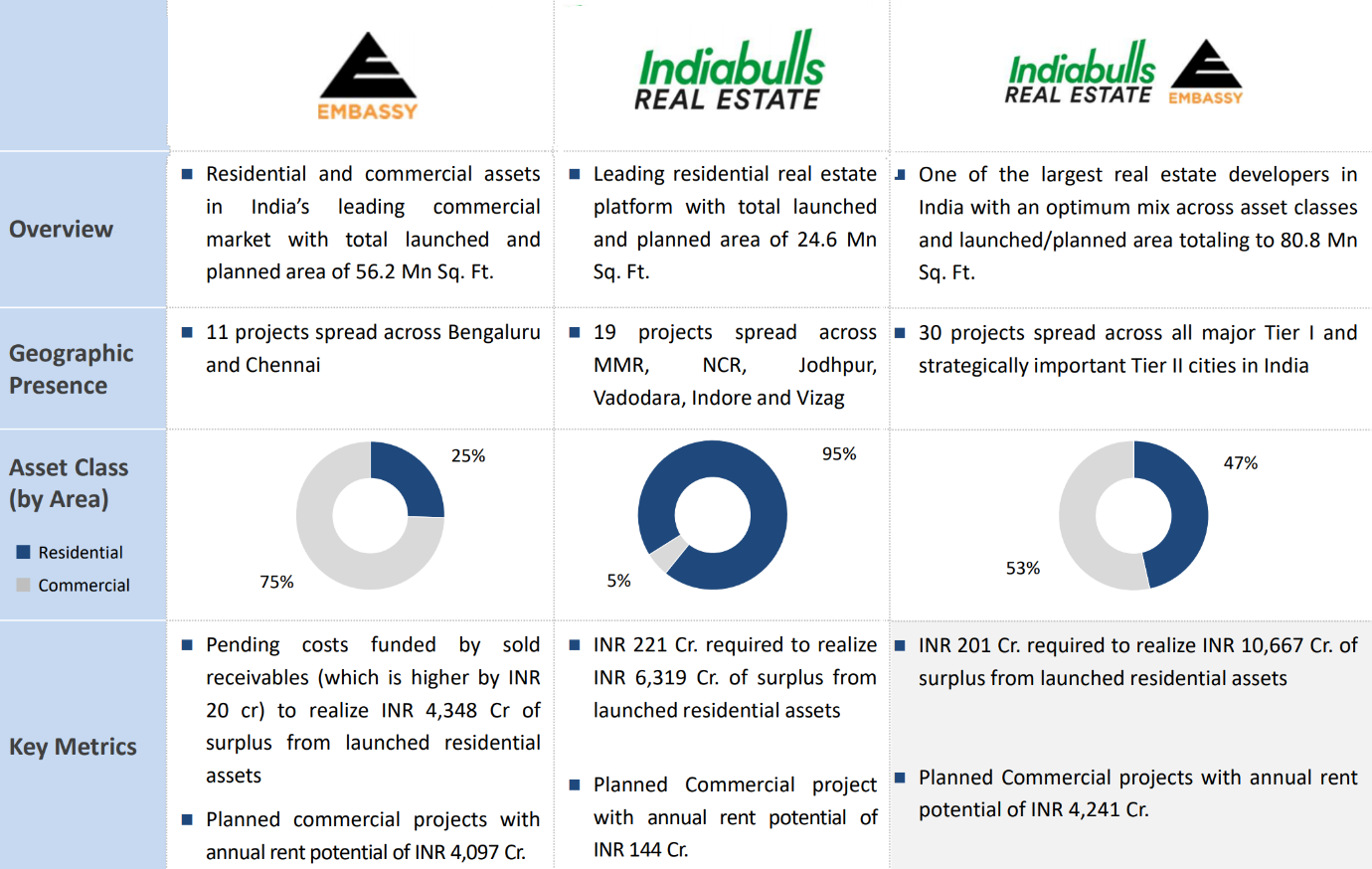





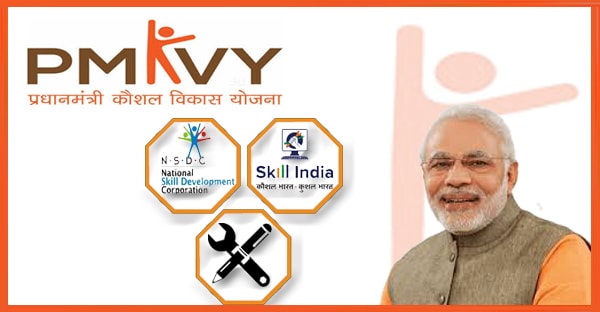







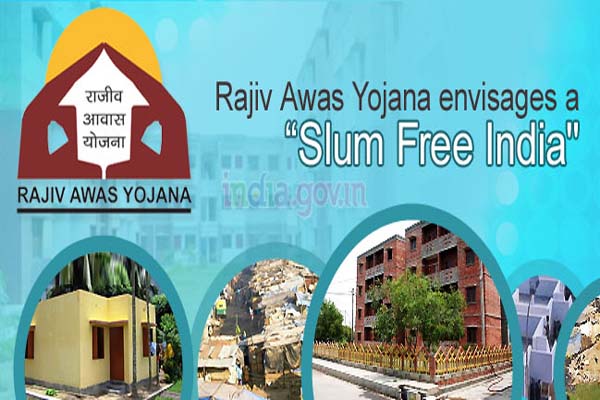

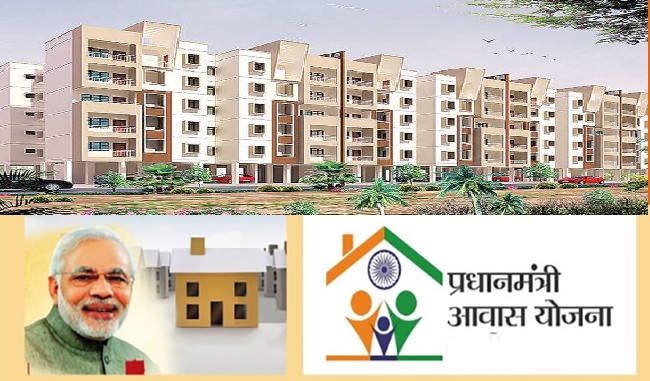
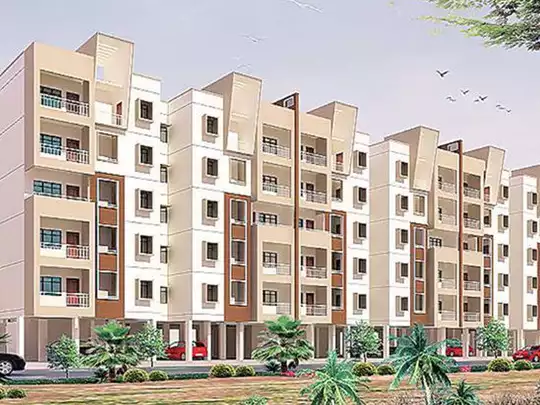







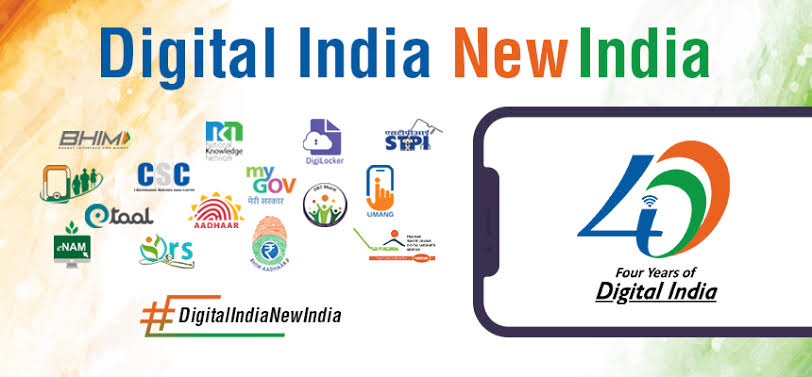




 Introduction to Residential Real Estate
Introduction to Residential Real Estate